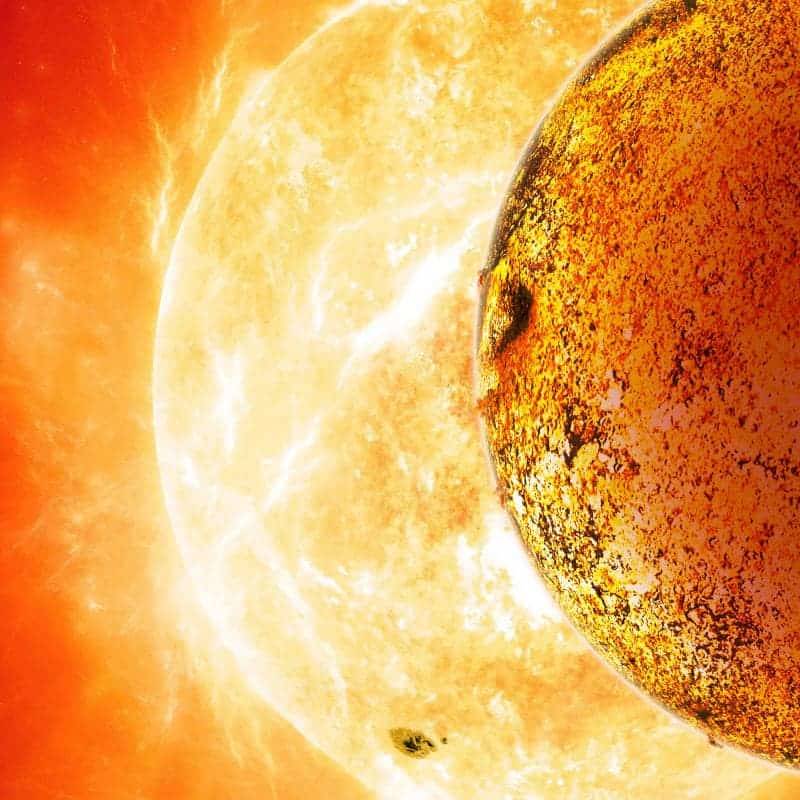It’s a big, bad, lava world – and according to what we know about astronomy, it simply shouldn’t exist.

Kepler-78b circles its star every 8 and 1/2 hours, featuring one of the tightest known orbtits. According to currently accepted theories on planetary formation, it couldn’t have formed so close to its star, nor could it have migrated there.
“This planet is a complete mystery,” says astronomer David Latham of the Harvard-Smithsonian Center for Astrophysics (CfA). “We don’t know how it formed or how it got to where it is today. What we do know is that it’s not going to last forever. “Kepler-78b is going to end up in the star very soon, astronomically speaking,” agrees CfA astronomer Dimitar Sasselov.
To make this planet even more interesting, it is the first known Earth-sized planet with an Earth-like density. Kepler-78b has a radius approximately 20 percent larger than Earth, and weighs almost twice as much – which means that the density is pretty much the same as Earth’s. But there is no apparent connection between this and the planet’s formation.
“It couldn’t have formed in place because you can’t form a planet inside a star. It couldn’t have formed further out and migrated inward, because it would have migrated all the way into the star. This planet is an enigma,” explains Sasselov.
According to Latham, Kepler-78b is part of a new class of stars, which researchers use to characterize worlds who orbit their stars in less than 12 hours. Kepler-78b is the first of these planets to have its mass measured.
“Kepler-78b is the poster child for this new class of planets,” notes Latham.
But, for all its fame and resemblance to Earth, the planet is doomed. Gravitational tides will draw it even closer to its star and eventually, it will move so close to the star that the gravity will tear it apart. But astronomers estimate that Kepler-78b still has some 3 billion years before this happens.






